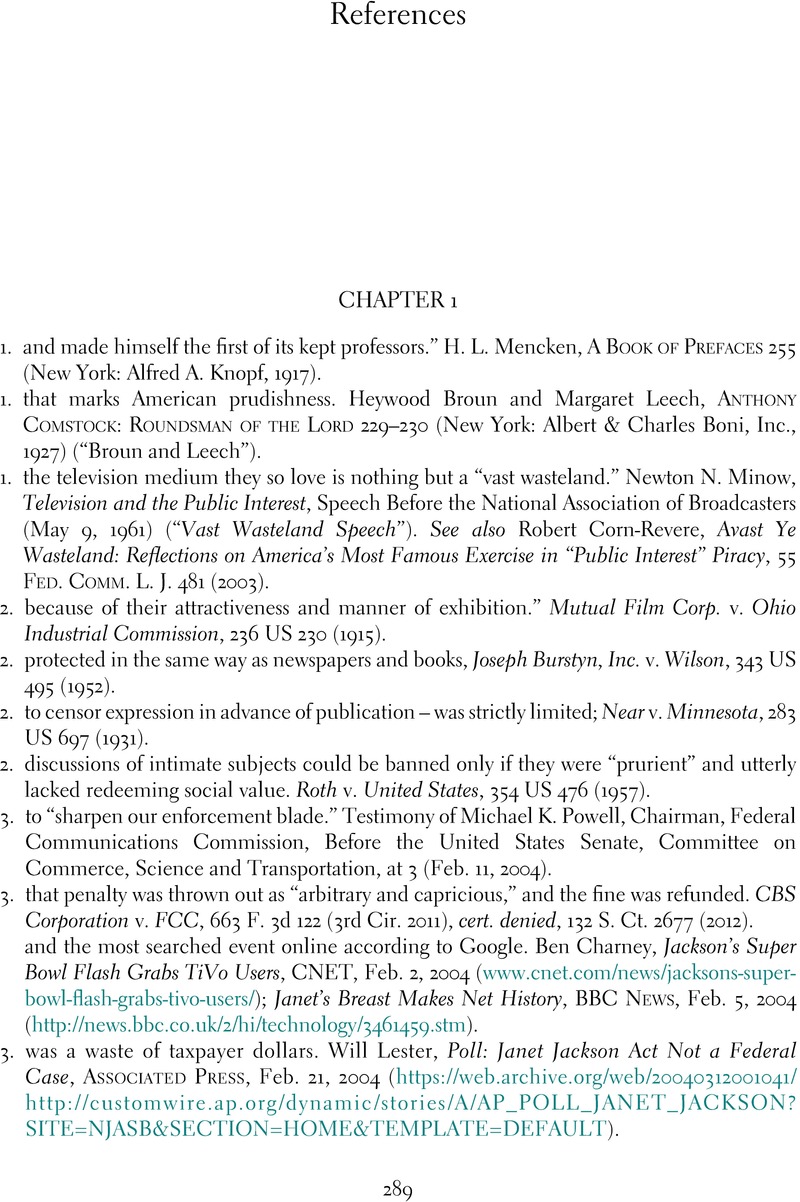almost four times the total of all proposed fines in the previous ten years combined.
See www.fcc.gov/eb/broadcast/ichart.pdf (as of Jan. 3, 2005); Thierer,
Why Regulate Broadcasting?, supra, at 463. In 2004 the FCC issued the following Notices of Apparent Liability:
Entercom Kansas City Licensee, LLC, FCC 04-231 (Dec. 22, 2004) ($220,000 NAL);
WQAM License Ltd. P’ship, 19 FCC Rcd. 22997 (2004) ($55,000 NAL);
Complaints Against Various Licensees Regarding Their Broadcast of the Fox Network Program “Married by America” on April 7, 2003, 19 FCC Rcd. 20191 (2004) ($1,183,000 NAL);
Complaints Against Various Television Licensees Concerning Their February 1, 2004, Broadcast of the Super Bowl XXXVIII Halftime Show, 19 FCC Rcd. 19230 (2004);
Entercom Sacramento, 19 FCC Rcd. 20129 ($55,000 NAL);
AMFM Radio Licenses, L. L. C., 19 FCC Rcd. 10751 ($27,500 NAL),
concurrently rescinded, 19 FCC Rcd. 10775 (2004);
Clear Channel Broad. Licenses, Inc., 19 FCC Rcd. 6773 (2004) ($495,000 NAL);
Infinity Broad. Operations, Inc., 19 FCC Rcd. 5032 ($27,5000 NAL);
AMFM Radio Licenses, Inc., 19 FCC Rcd. 5005 (2004) ($247,500 NAL);
Capstar TX Ltd. P’ship, 19 FCC Rcd. 4960 (2004) ($55,000 NAL);
Clear Channel Broad. Licenses, Inc., 19 FCC Rcd. 1768 ($755,000 NAL);
Young Broad. of San Francisco, 19 FCC Rcd. 1751 ($27,500 NAL);
AMFM Radio Licenses, LLC, 19 FCC Rcd. 5005 (2004) ($247,500 NAL). In addition to these enforcement actions, the FCC entered settlements that resulted in payments totaling $5.5 million to the United States Treasury.
See Viacom, Inc., 19 FCC Rcd. 23100 (2004) ($3.5 million);
Emmis Communications Corp., 19 FCC Rcd. 16003 (1999) ($300,000);
Clear Channel Communications, Inc., 19 FCC Rcd. 10,880 (2004) ($1.75 million).
Google Scholar

